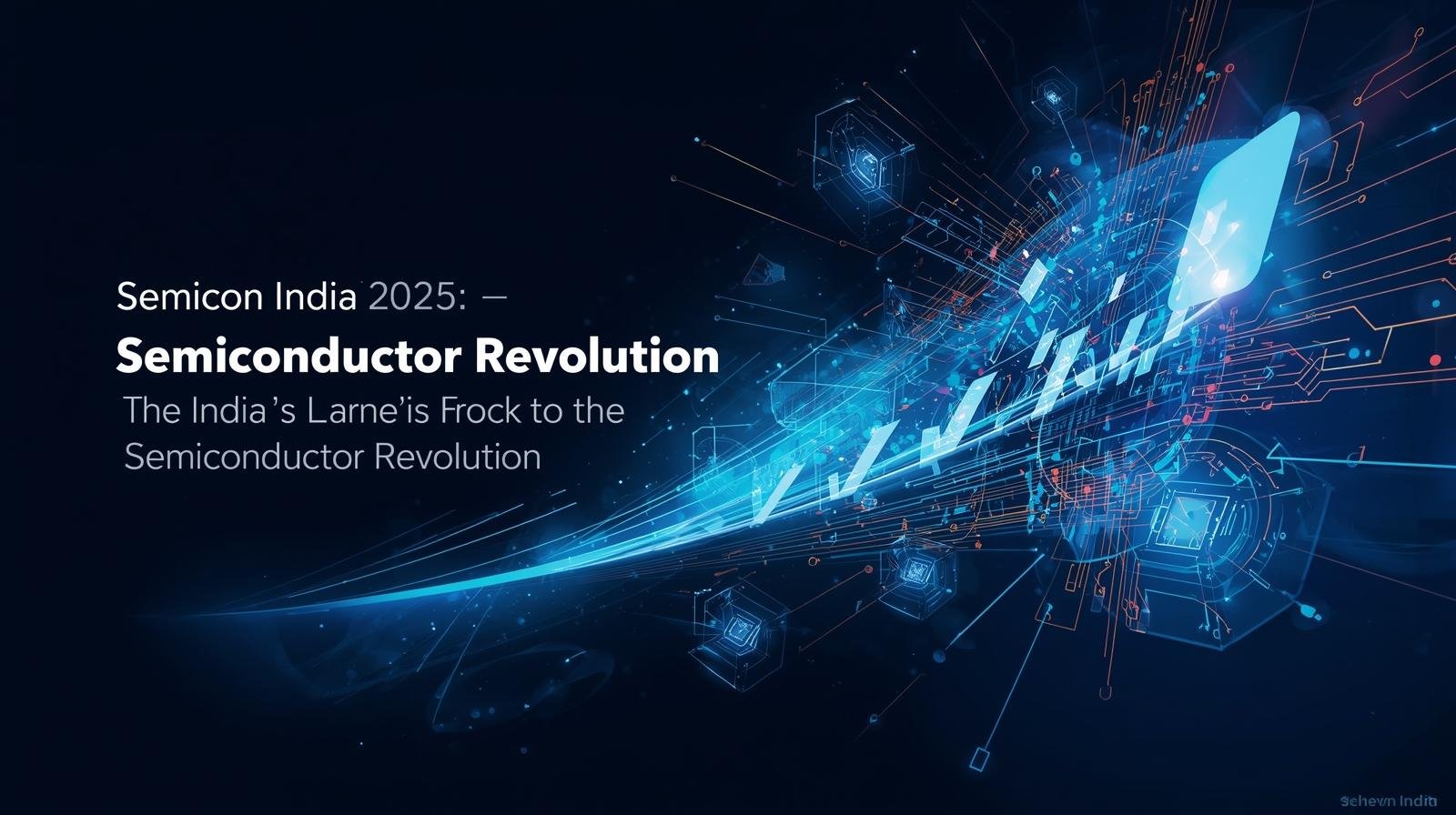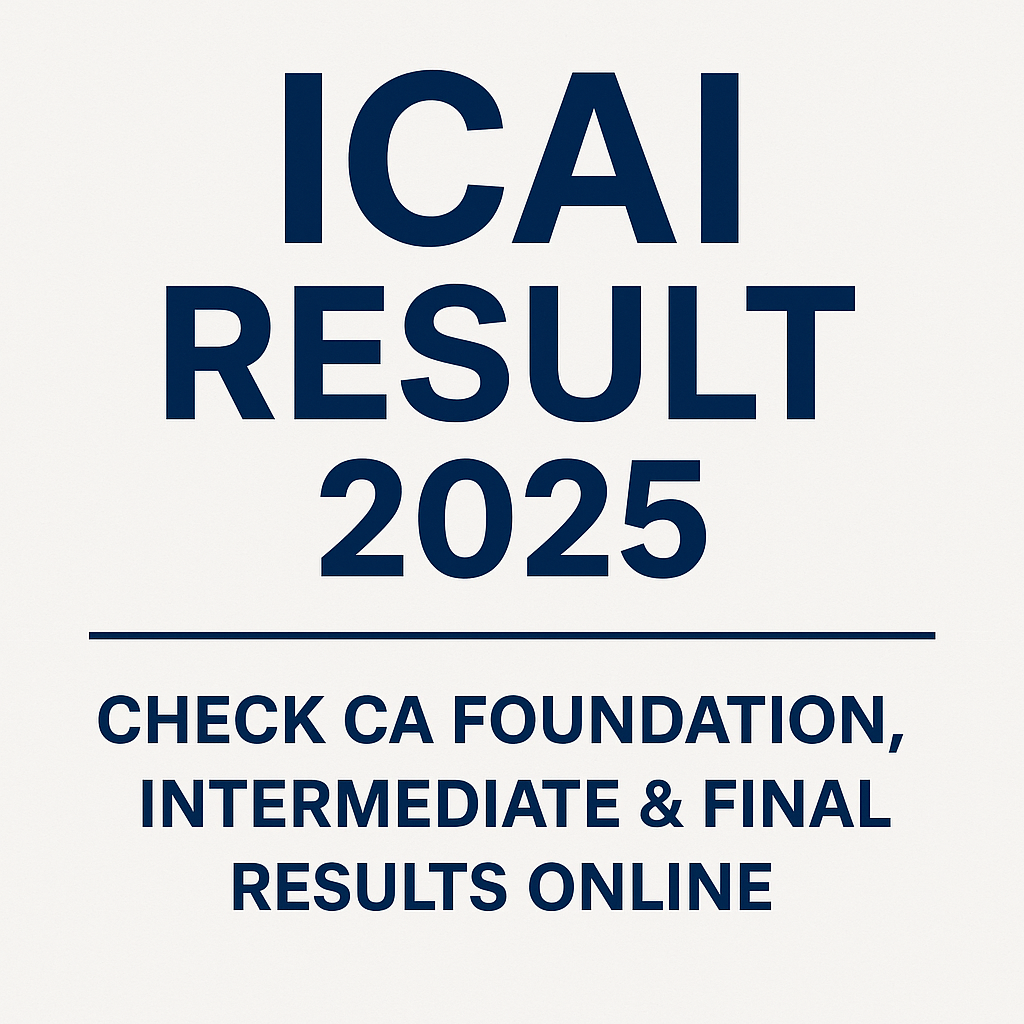Semicon India 2025: India’s Big Leap in the Semiconductor Revolution
Semicon India 2025, held from September 2 to 4 at Yashobhumi (IICC) in New Delhi, has become a defining moment in India’s journey toward becoming a global semiconductor hub. Organized by the India Semiconductor Mission (ISM) along with global partners, the event brought together policymakers, industry leaders, innovators, and technology experts from around the world.
Key Highlights of Semicon India 2025
Historic Inauguration
Prime Minister Narendra Modi inaugurated the three-day event, marking a historic milestone as he received India’s first made-in-India semiconductor chip. This moment symbolized the nation’s determination to achieve technological self-reliance and establish a strong presence in the global semiconductor ecosystem.
Launch of the “Vikram” Microprocessor
Union Minister Ashwini Vaishnaw presented “Vikram,” India’s first fully indigenous 32-bit microprocessor, developed by ISRO. Alongside this, test chips from four approved semiconductor projects were unveiled, showcasing India’s growing design and manufacturing capabilities in advanced chip technologies.
Global Trust and India’s Role
In his address, Prime Minister Modi emphasized that even the smallest chip designed and produced in India could have a significant impact on the global technology landscape. He reiterated India’s vision under the branding:
“Designed in India, Made in India, and Trusted by the World.”
Focus Areas of the Conference
Semicon India 2025 was not just about announcements; it laid the foundation for India’s long-term semiconductor roadmap. The key focus areas included:
- Establishment of semiconductor fabs and advanced packaging facilities.
- Promotion of AI, R&D, and smart manufacturing initiatives.
- Expansion of the Design Linked Incentive (DLI) scheme to encourage startups.
- Policy support and investment opportunities for global and domestic players.
- Building a strong talent pool with semiconductor-focused education and training.
Global leaders in semiconductor equipment and technology also showcased their latest innovations for AI, 5G, high-performance computing, automotive, and memory applications.
Why Semicon India 2025 Matters
- Strengthening Domestic Capabilities
The unveiling of the Vikram processor highlights India’s ability to design and produce its own microprocessors, reducing dependency on imports. - Boosting Global Partnerships
With growing international trust, India is emerging as a reliable partner in the semiconductor supply chain. - Policy Support and Infrastructure
Government schemes and state-level participation are accelerating investment, infrastructure, and innovation in the sector. - Industry Interest
The participation of global semiconductor companies signals strong industry confidence in India’s future as a chip manufacturing hub.
Looking Ahead
Semicon India 2025 sets the stage for a new era in India’s semiconductor industry. Some key outcomes to watch in the coming years include:
- Commercial production of made-in-India chips and processors.
- Operational semiconductor fabs and assembly plants approved under ISM.
- Increased startup participation in the semiconductor ecosystem.
- Skill development programs producing industry-ready talent.
Quick Summary: Semicon India 2025
| Aspect | Details |
| Venue & Date | Yashobhumi, New Delhi – Sept 2–4, 2025 |
| Historic Moment | First made-in-India semiconductor chip presented to PM Modi |
| Major Launch | Vikram 32-bit indigenous microprocessor |
| Key Agenda | Fabs, R&D, AI, startups, smart manufacturing |
| Global Participation | Industry leaders and technology innovators present |
| Policy Focus | Designed in India, Made in India, Trusted by the World |
Conclusion
Semicon India 2025 is more than a technology event—it is a vision for the future of India’s digital economy. With indigenous innovations, global collaborations, and strong policy backing, India is set to position itself as a major player in the global semiconductor industry.






Leave a Reply